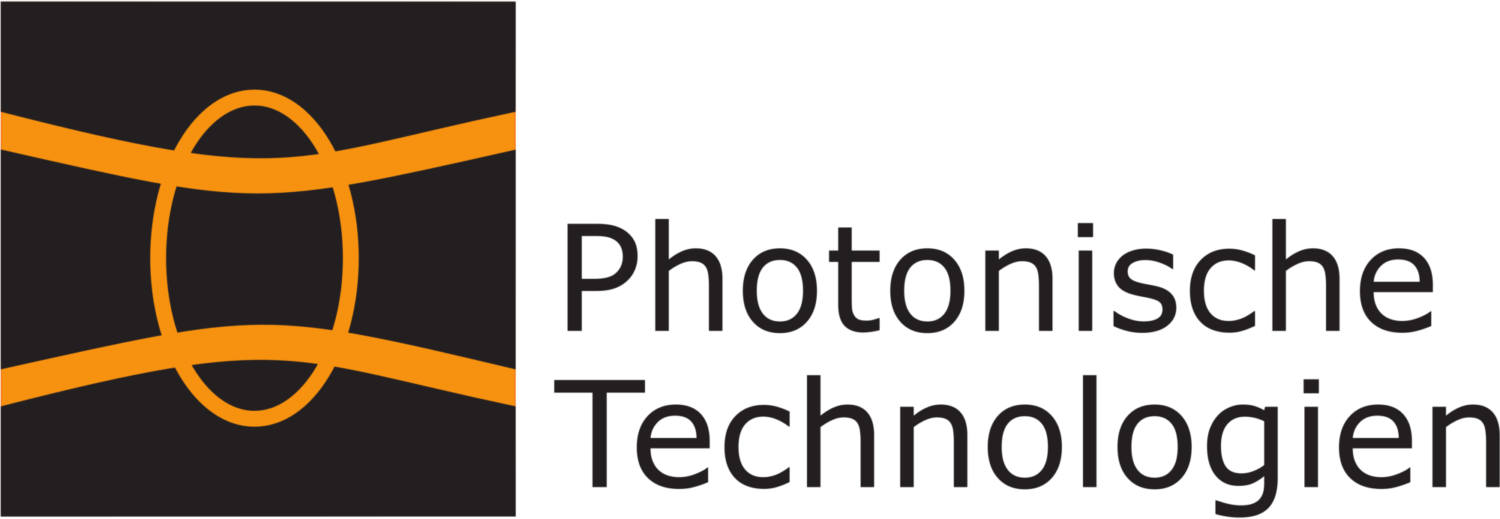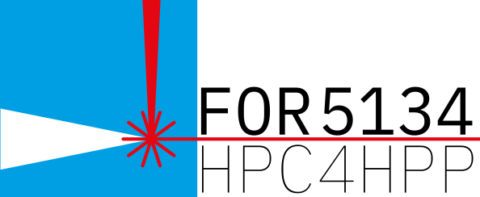Grant for research unit to investigate the hot crack formation during welding
As a non-contact and highly automatable joining process, laser beam welding has been constantly gaining importance in industrial manufacturing applications. One of the greatest challenges is the formation of solidification cracks in the weld seam during the welding process. Solidification cracks can span over the full depth of the weld seam or only a part of it – in the worst case hidden beneath the surface – such that the mechanical loading capacity will not be as high as expected and cannot be evaluated reliably by optical means.
However, it is not yet fully understood how and why these cracks arise. Since the formation of these cracks occurs within the molten metal that develops during the welding process, experimental methods are only partially suitable to examine the occurring mechanisms during crack formation. Therefore, a group of researchers with Prof. Dr-Ing. Michael Schmidt as their spokesperson will investigate these processes using numerical methods within the now granted DFG research unit “Solidification Cracks during Laser Beam Welding: High Performance Computing for High Performance Processing”. The goal is to develop a high performance multi-physics multi-scale framework that comprises all relevant phenomena and size scales from the part level down to the structures of the resolidifying metal melt. Performing investigations using this framework will not only help to develop a better understanding on hot crack formation but will also help to avoid hot cracking in the future.
For pursuing this approach successfully, it is crucial to involve experts from the respective research fields. Thus, the research unit consists of 7 subprojects from 11 applicants located at 5 different German locations. The research fields span from production technology (Prof. Dr.-Ing. Michael Rethmeier, BAM, Berlin and Prof. Dr.-Ing. Michael Schmidt, FAU Erlangen-Nürnberg), mathematics (Prof. Dr. rer. nat Axel Klawonn and Dr. rer. nat. Martin Lanser, U zu Köln) and computer science (Prof. Dr. rer. nat. Ulrich Rüde and Prof. Dr.-Ing. Harald Köstler, FAU Erlangen-Nürnberg) to materials science (Prof. Dr. rer. nat. Britta Nestler, Dr.-Ing. Daniel Schneider, and Dr.-Ing. Michael Selzer, HsKA Karlsruhe) and mechanics (Prof. Dr.-Ing. Jörg Schröder and Dr.-Ing. Lisa Scheunemann, U Duisburg-Essen).
(08.04.21)

